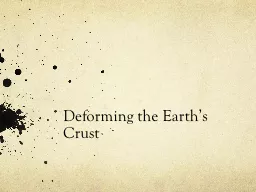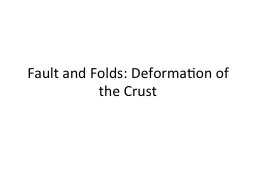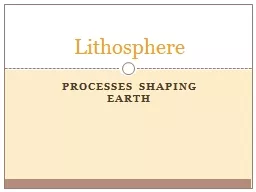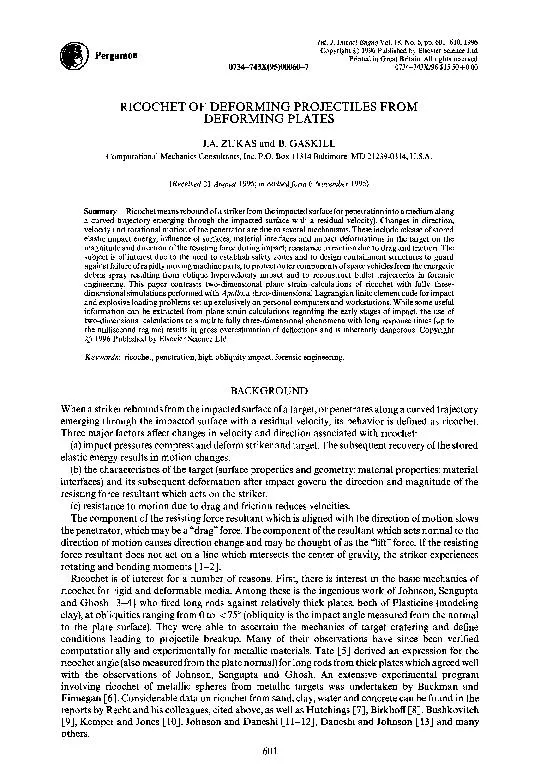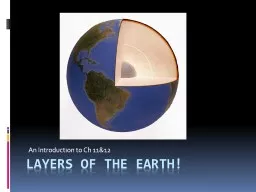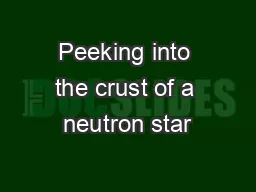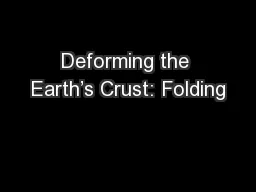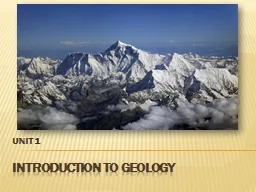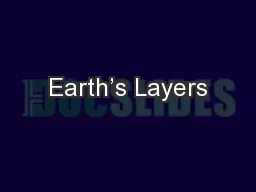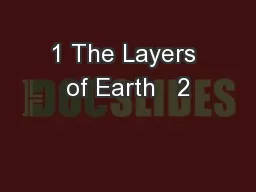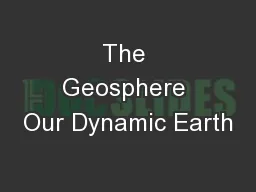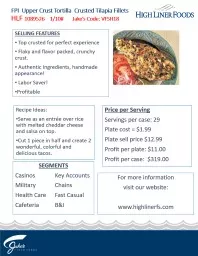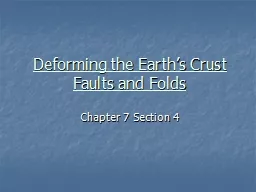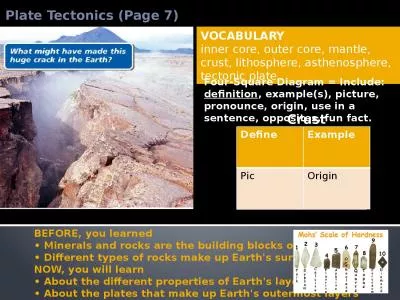PPT-Deforming the Earth’s Crust
Author : debby-jeon | Published Date : 2016-03-17
Deformation Whether a material bends or breaks depends on h ow much stress is applied to the material Deformation Process by which the shape of a rock changes because
Presentation Embed Code
Download Presentation
Download Presentation The PPT/PDF document "Deforming the Earth’s Crust" is the property of its rightful owner. Permission is granted to download and print the materials on this website for personal, non-commercial use only, and to display it on your personal computer provided you do not modify the materials and that you retain all copyright notices contained in the materials. By downloading content from our website, you accept the terms of this agreement.
Deforming the Earth’s Crust: Transcript
Download Rules Of Document
"Deforming the Earth’s Crust"The content belongs to its owner. You may download and print it for personal use, without modification, and keep all copyright notices. By downloading, you agree to these terms.
Related Documents

